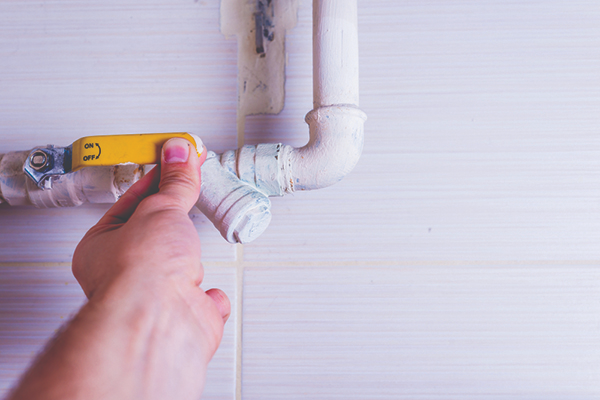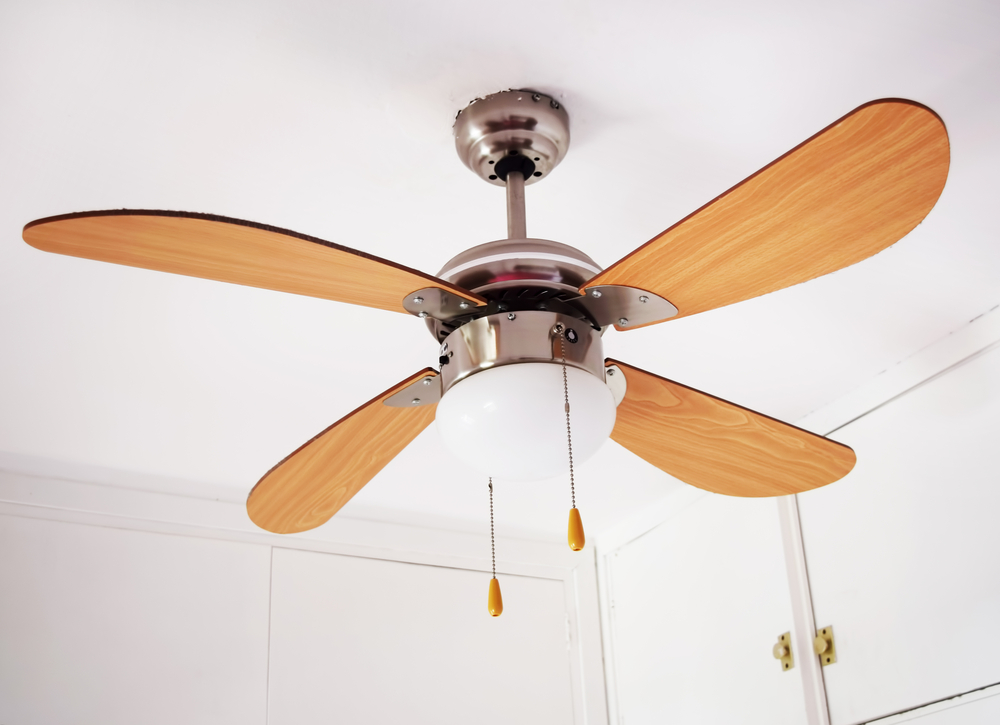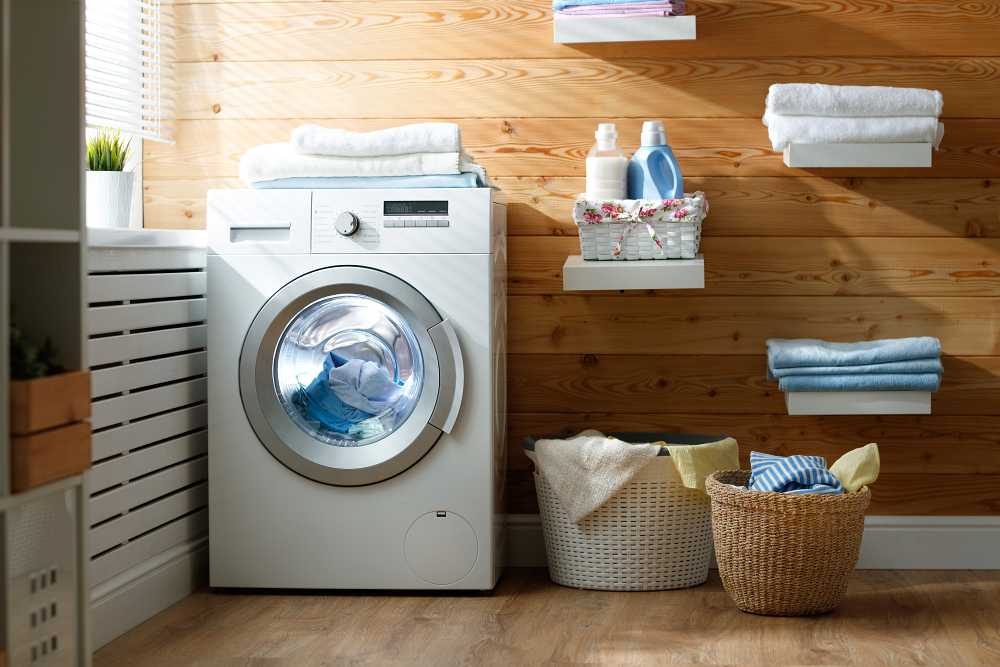
Are your clothes not as dry as usual when you pull them out? Are they taking longer to dry than normal? Or, on the other hand, are the clothes a lot hotter than you’re used to? Is your lint filter filled with more lint than usual? Have you noticed a burning smell when the dryer is running? Does the machine feel hot to the touch? Or does the whole laundry room feel humid when the dryer is running?
Before you call the professional, look into thoroughly cleaning to get rid of the gray lint that’s been building up in your dryer’s screen, trap and vent. It’s a simple DIY job that can immediately get your machine working properly again—and keep your home safe from a common cause of house fires. We’ve outlined the best way to clean dryer vents, screens and traps.
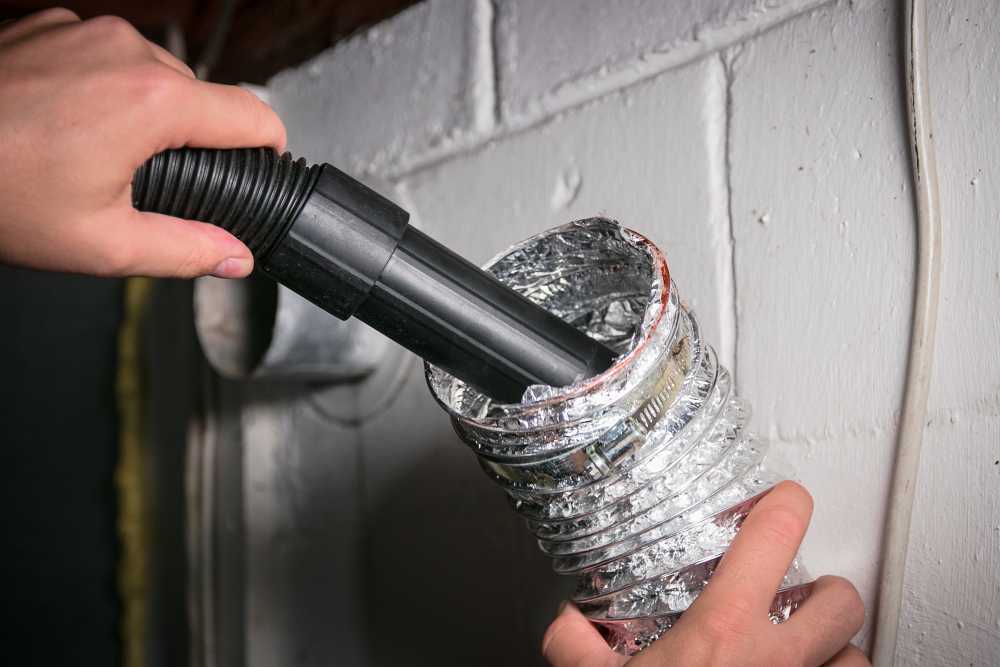
Glean before you clean.
Check the owner’s manual to see if there are any specific instructions you should follow to clean your dryer. Make sure you can identify the dryer vent (at the back of the machine) and the lint screen and trap (just inside the door).
Power down.
Before you start poking around inside your dryer, make sure there’s no power going to the machine. Pull it out from the wall and unplug it. If it’s a gas dryer, make sure you turn off the gas valve.
While you’re back there…
Remove the clamp and detach the vent pipe from the wall opening, either by unscrewing it or sliding it off. Check the vent pipe for cracks or any other damage, and decide whether it needs to be replaced.
Clean the screen.
Lift the lint screen and clean out the lint that’s accumulated. Then use a vacuum or long brush to clean out the trap. You should clean the screen and trap after every load, and the vent on a regular schedule—at least twice a year, depending how often you use the dryer. Use a vacuum to remove debris from the vent. Using a long-handled cleaning tool or a vacuum, grab as much lint and debris as you can from as far into the opening as you can reach.
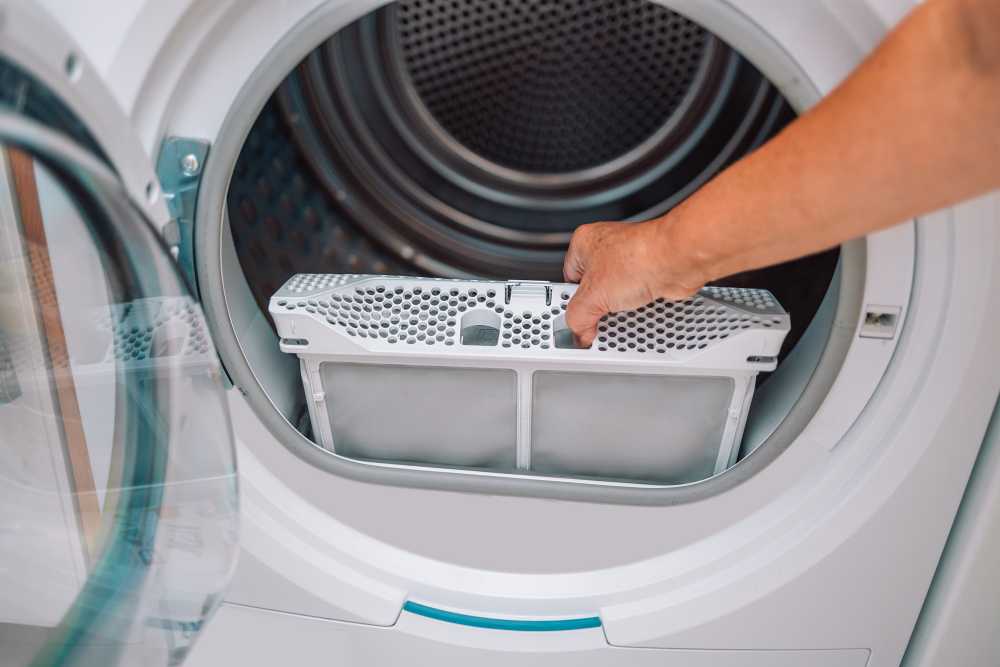
Think outside the house.
Check the exterior vent opening, either on the other side of the wall closest to your dryer or on the roof. If the vent has a covering or flap, remove or raise it so you can peek inside. Put gloves on and carefully pull out any clogs or debris you can reach with your hands—or the tools you used to clean the laundry room end of the vent. Look around the exterior opening and clear away any leaves, plants or anything else obstructing the flow of air. Install a vent cover to keep birds from nesting inside or insects and critters from wandering in.
Reattach the vent.
When it’s all clear outside, go back to the laundry room and reattach the vent to the dryer. Sweep up any debris on the floor. If the lint leaves residue behind, use soapy water to clean up.
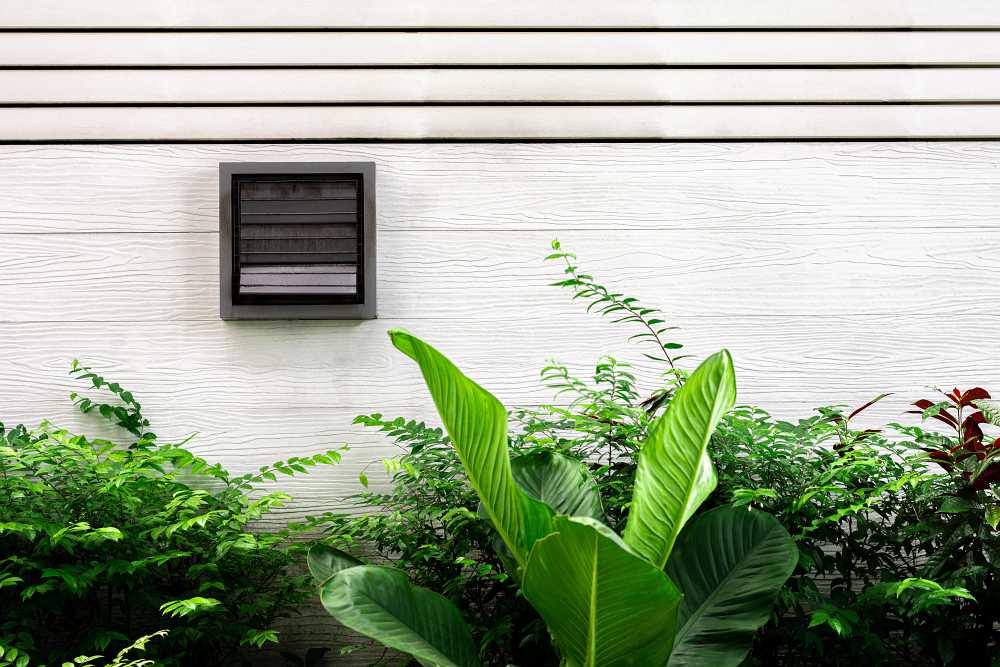
Power back up.
Plug the dryer back in and reconnect the duct back into the dryer vent. Head to the gas line and turn the gas valve back on, if applicable. Run the dryer for a few minutes to see if any other debris comes loose. Look on the outside of the vent to see if any new debris appears after air has gone through.
Now that it’s clean, keep it that way.
Keeping your dryer running smoothly and safely doesn’t have to be a chore. There are some simple steps you can follow to make sure lint and debris don’t build up in screens and vents.
- Keep the washing machine tub clean
- Don’t overload the dryer
- Consider air-drying items, like dog and cat blankets and lint-collecting fabrics like terry cloth and flannel, on a line outside instead of tossing them in the dryer.
The secret to keeping your dryer vent consistently clean lies in the lint trap. Remove any dryer lint from it every time you run the dryer while doing a load of laundry, especially if you use dryer sheets. This is critical. Not only will this help you keep the dryer vent clean, but it will also keep the dryer running smoothly, improve drying time, and decrease the risk of a house fire.
In addition to simply keeping it clean, it’s also recommended that you never run a dryer unattended—don’t turn on a load and leave the house. If you’re not home and a dryer fire starts, it can wreak havoc before someone notices and calls the fire department.
Armed with these tips for cleaning dryer vents, screens, and traps, you should be able to keep your dryer running smoothly and safely—as long as you stick to a regular schedule.
At Frontdoor®, we know you love getting things done around the house. Staying in control of your to-do list is easier when you can keep the small things from turning into bigger—and more expensive—ones. We’re here to make it easier to prevent problems instead of reacting to them.
If your dryer still doesn’t seem to be running properly, download the Frontdoor® app and video chat with a helpful, friendly Frontdoor Expert.
Frontdoor assumes no responsibility, and specifically disclaims all liability, for your use of any and all information contained herein.
Was this article helpful?

